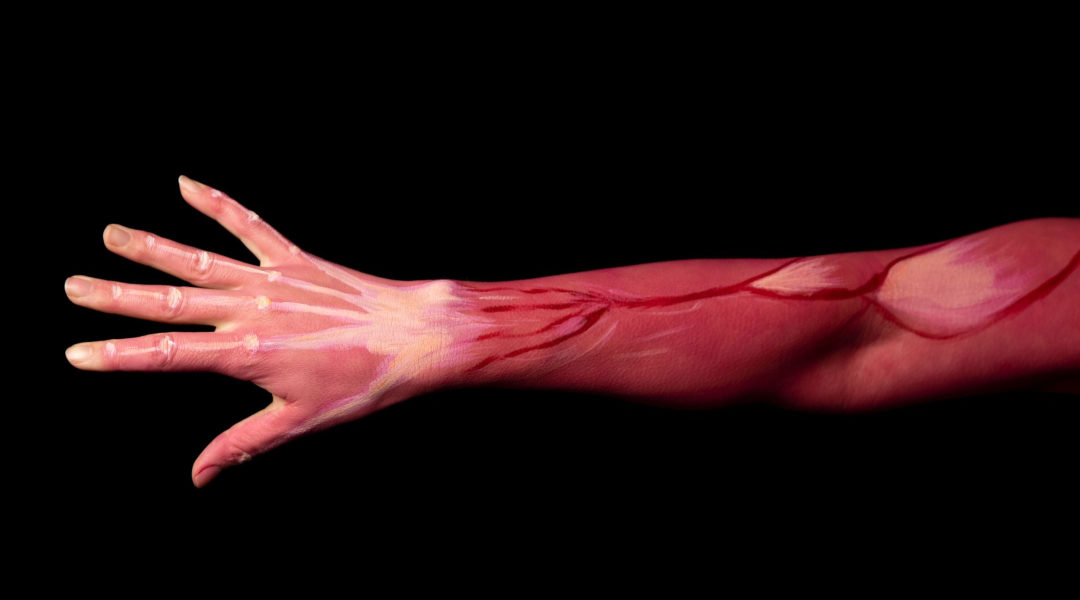If you exercise regularly, you probably try to push yourself as hard as possible. After all, you want to maximize every moment of your workout. On the other hand, if you want to perform your best the next day, you need to focus on the recovery process as well.
There comes a point when too much exercise might be harmful, and focusing on the recovery process can help you avoid overtraining, which is the point at which your body begins to break down. This makes further exercise harmful instead of helpful. The goal of the recovery process is to restore your body to homeostasis. This is a state of balance where your internal conditions, such as ion concentrations, pH, hydration status, and body temperature, are kept relatively constant. If you can restore homeostasis, you put your body in the best position possible to recover.
There are multiple categories of recovery processes. The first is called immediate recovery. This takes place repeatedly throughout the workout. For example, you may give your body a split second in between each repetition in a weight set.
If you take a break between sets of repetitions, you initiate the short-term recovery process. If you take a few seconds in between laps around the track, you put your body through the short-term recovery process.
Finally, training recovery takes place between your workouts. If you focus on training recovery, you give your body the best chance to recover fully because your recovery process happens outside of each workout session. You need to put your body in the best position possible to complete the recovery process before you return to the gym.
There are several recovery tactics that can help you maximize your training recovery process. First, make sure you cool down at the end of the workout. Next, you may also want to try massage therapy, which can help you reduce soreness, improve circulation, and enhance lymphatic flow. Compression is also helpful because it can help you accelerate the removal of lactic acid from your body. Inflatable devices can be used to deliver compressive forces and accelerate the recovery process. Furthermore, cryotherapy can reduce muscle temperature, stimulate vasoconstriction, and stop inflammatory processes. Reducing information is critical for preventing muscle damage. Finally, you need to get enough sleep if you want your body to recover as much as possible.
It is important to take a well-rounded approach to training recovery. Having a plan in place can help you perform your best the next day while reducing your chances of suffering an injury.

